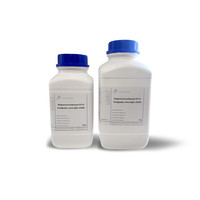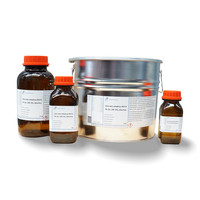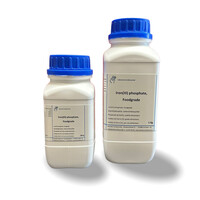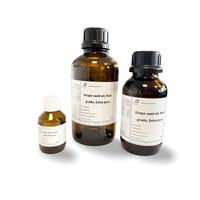You have no items in your shopping cart
Sodium Carbonate 99.5+% Food Grade, FCC, E500i
- Buy 2 and save 5%
- Buy 6 and save 10%
Sodium carbonate, also known as soda ash or soda ash, is a versatile substance with many uses, both in the home and in the food industry. This white, water-soluble powder has a variety of functions, ranging from improving flavor to regulating acidity. In this text, we explain what sodium carbonate is and what it is used for in food.
What is Sodium Carbonate?
Sodium carbonate (Na2CO3) is a salt of carbonic acid and sodium. It has basic properties, which means it can have a pH-regulating effect. Although sodium carbonate is often confused with sodium bicarbonate (baking soda), it is important to note that they have different chemical properties and uses.
Applications of Sodium Carbonate in Food Production
-
pH Regulation
In the food industry, sodium carbonate is used as a pH regulator. It can be added to various products to balance acidity. This is particularly useful in the production of sweets, cocoa and chocolate products, where a neutral or slightly alkaline pH is desirable for flavour and stability. -
Rice, Noodles and Semolina Processing
Sodium carbonate helps in the production of dough products such as noodles and pasta. It acts as a stiffening agent that makes the dough elastic and gives a firmer texture to the final product. Especially in Asian cuisines, it is used in noodle recipes to create the right 'bite'. -
Water Softening
In domestic applications, sodium carbonate can help in the softening of water. This helps food cook faster and more evenly, and reduces limescale when making tea or coffee. -
Beer Production
In the beer industry, sodium carbonate can be used to alkalize water, which can be essential when brewing dark beers. It creates the right mineral balance, which can improve the taste and mouthfeel of the beer.
Safety of Sodium Carbonate in Food
Sodium carbonate is considered safe for consumption in limited quantities by the European Food Safety Authority (EFSA) and the US FDA. It is usually indicated by the code E500(i) on food packaging and is safe when used according to prescribed guidelines.
Technical data
Anhydrous soda
Empirical formula Na2CO3
Molar mass (M) 105.99 g/mol
Density (D) 2.532 g/cm³
Melting point (mp) 851 °C
WGK 1
CAS No. 497-19-8
EC No. 207-838-8
$$$$$
Hazard statements
H319 Causes serious eye irritation
Precautionary statements - response
P305+P351+P338 IF IN EYES: Rinse cautiously with water for
several minutes. Remove contact lenses, if present and easy to do. Continue rinsing.
P337+P313 If eye irritation persists: Get medical advice/attention.







